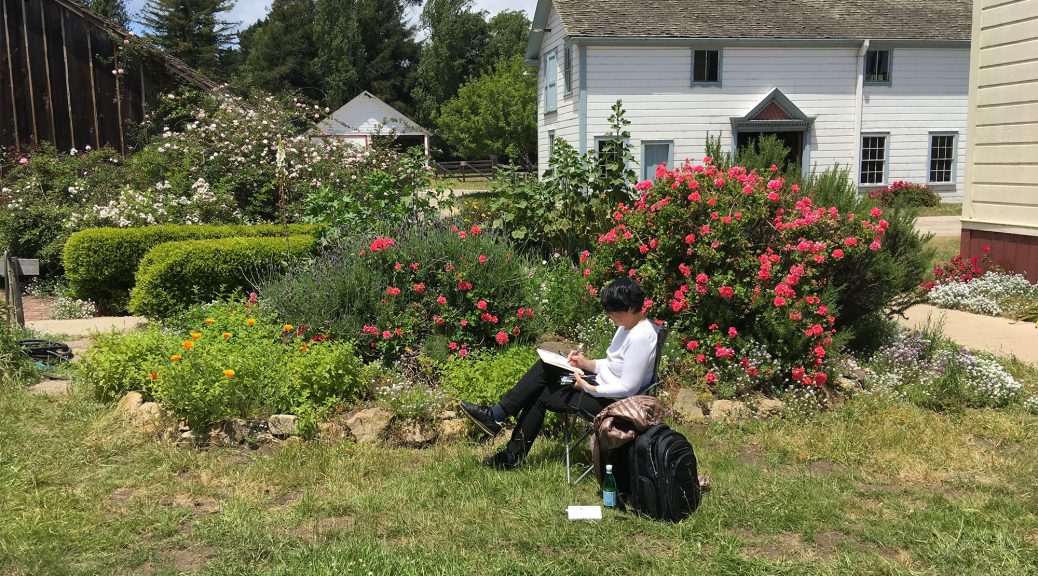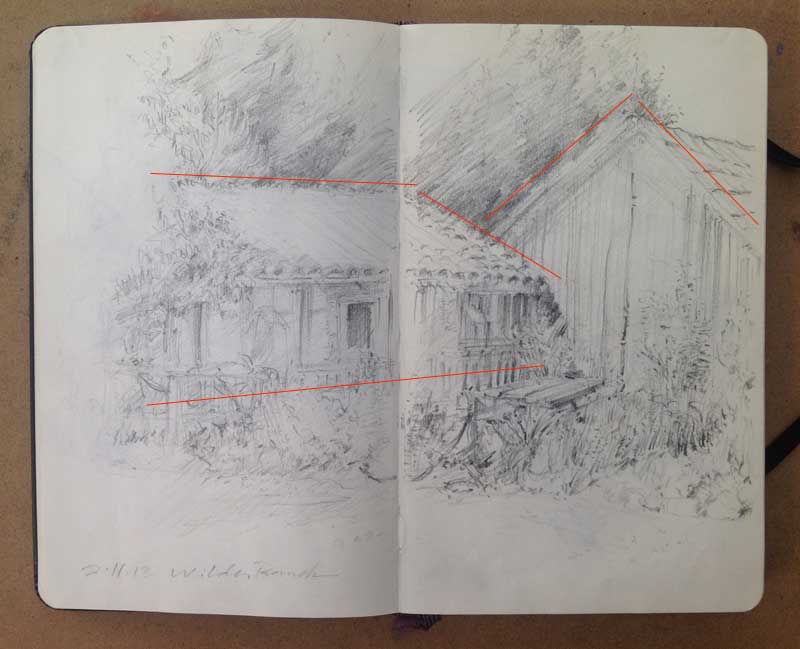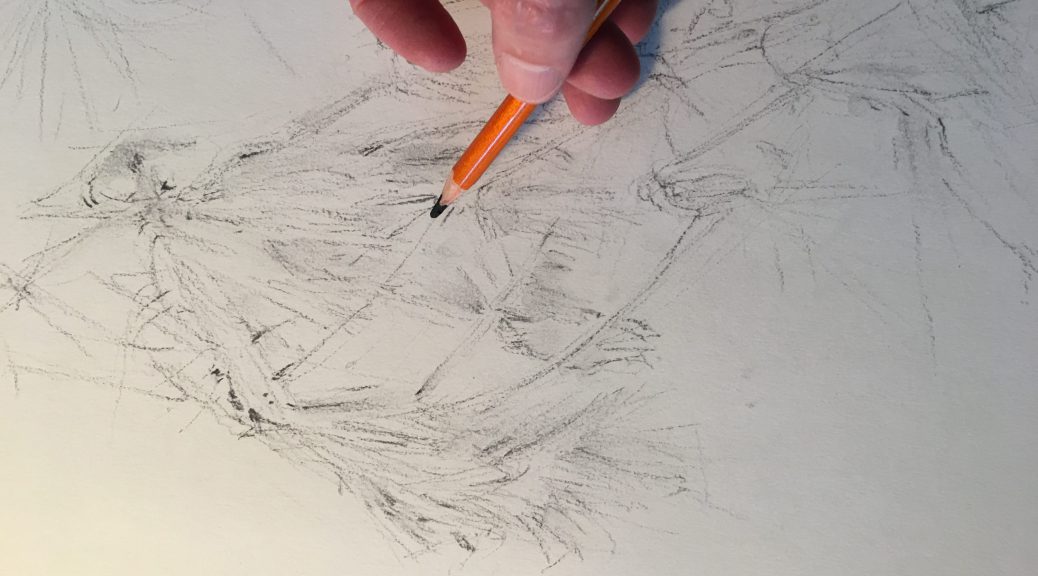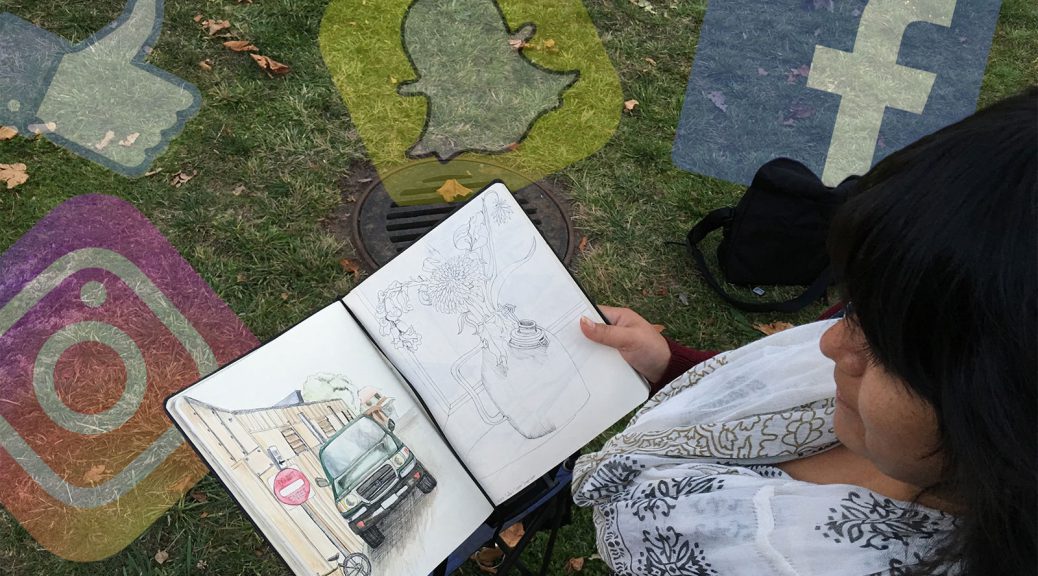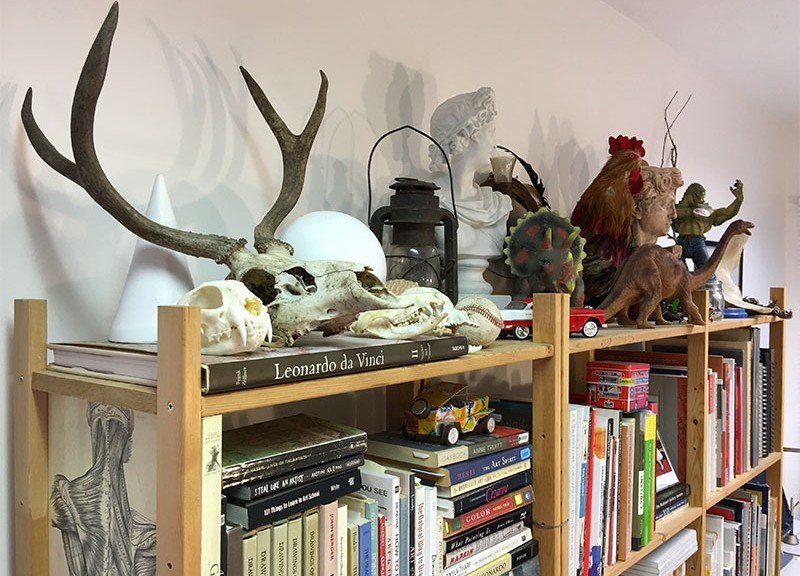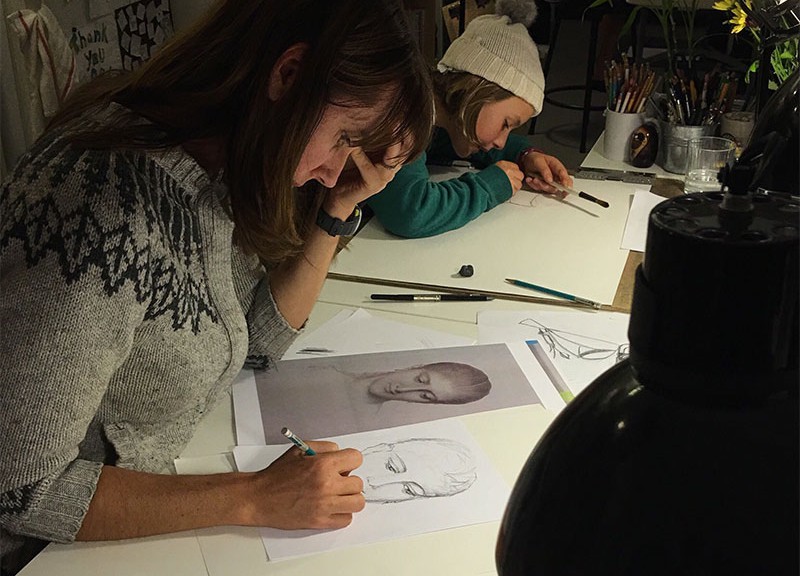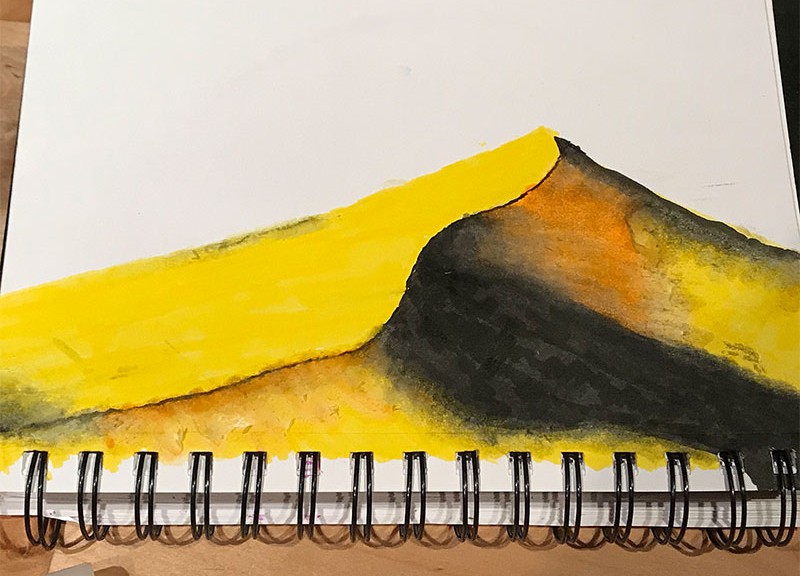
In the opening scene of the classic comedy What About Bob, we see a perplexed Bob Wiley, played by Bill Murray, contemplating his fate of stepping outside the door of his apartment and onto the streets of New York. He quickly becomes overwhelmed by his fears of just about everything and everyone in the world.
As Bob finally meets with Dr. Leo Marvin, played by Richard Dreyfuss, he sits in awe of the prominent psychiatrist’s suggestion to start with reasonable goals. “Don’t think of everything you have to do to get out of the building, Bob. Think about what you have to do to get out of this room,” says Dr. Marvin as he hands Bob a copy of his book Baby Steps. Comedic escapades ensue as Bob applies life-transforming small habits to the bigger complexities of life.
If it’s difficult for you to set—and maintain—your goal to draw regularly, try the advice given to Bob and take baby steps toward an easy and satisfying drawing habit.
Here are simple steps for starting your small drawing habit: Continue reading The Small Drawing Habit →
